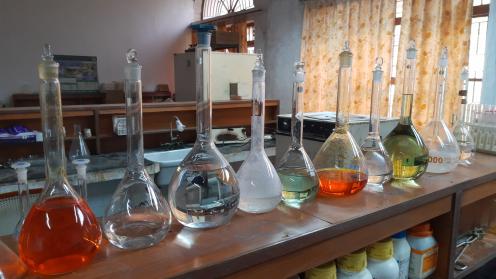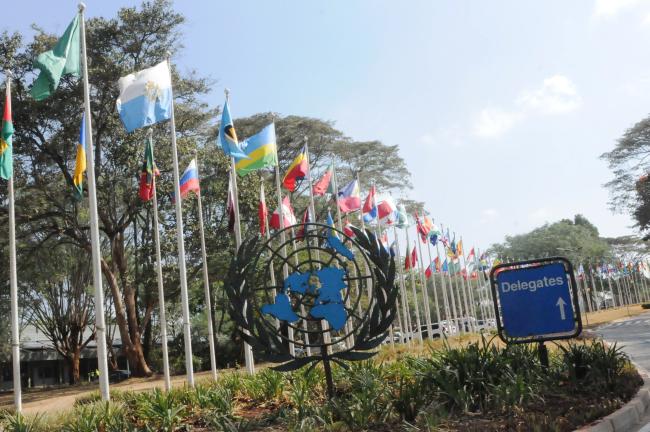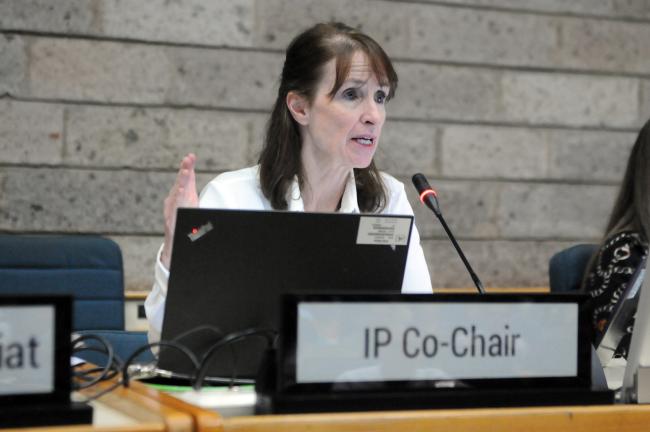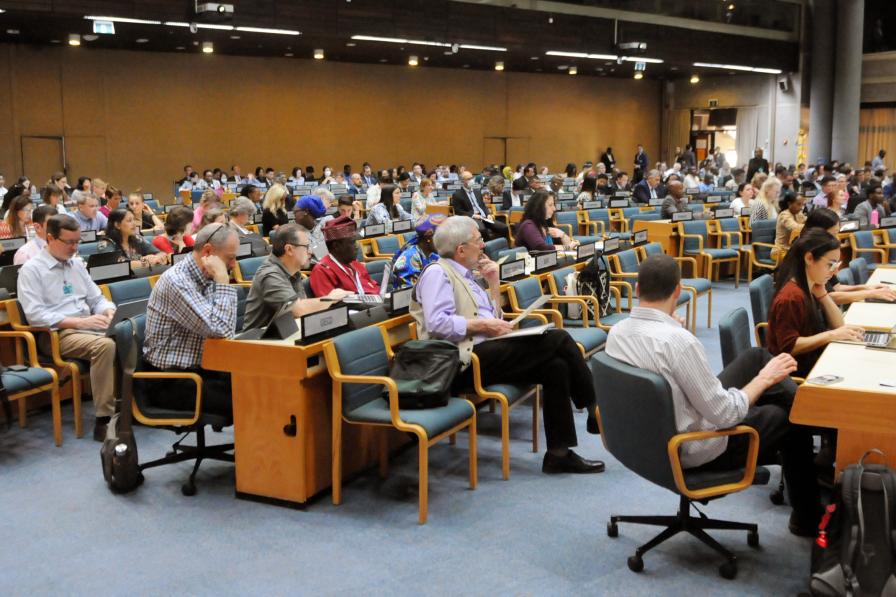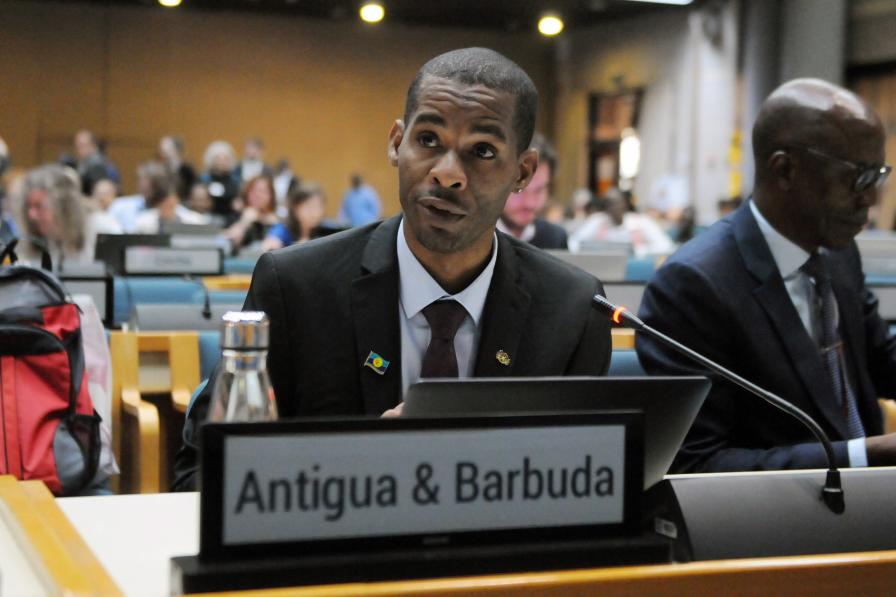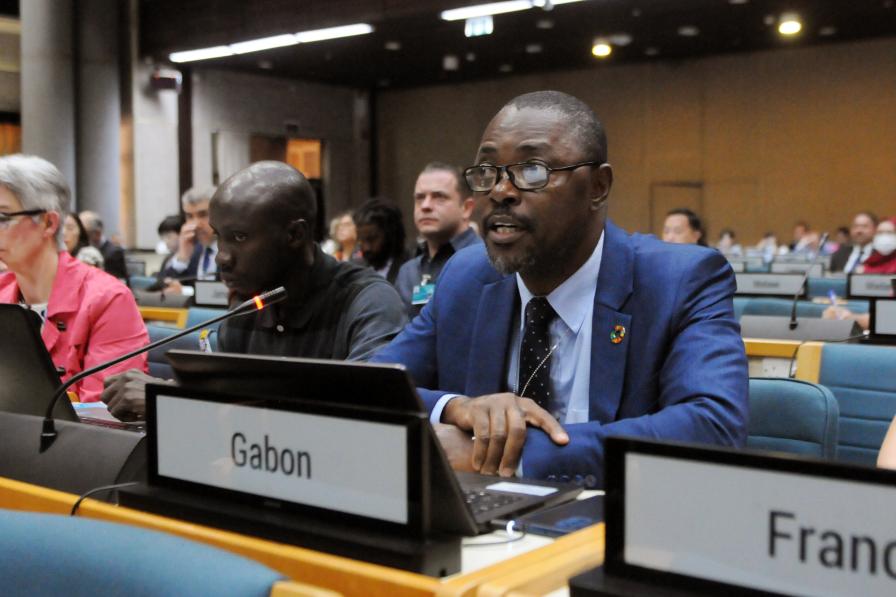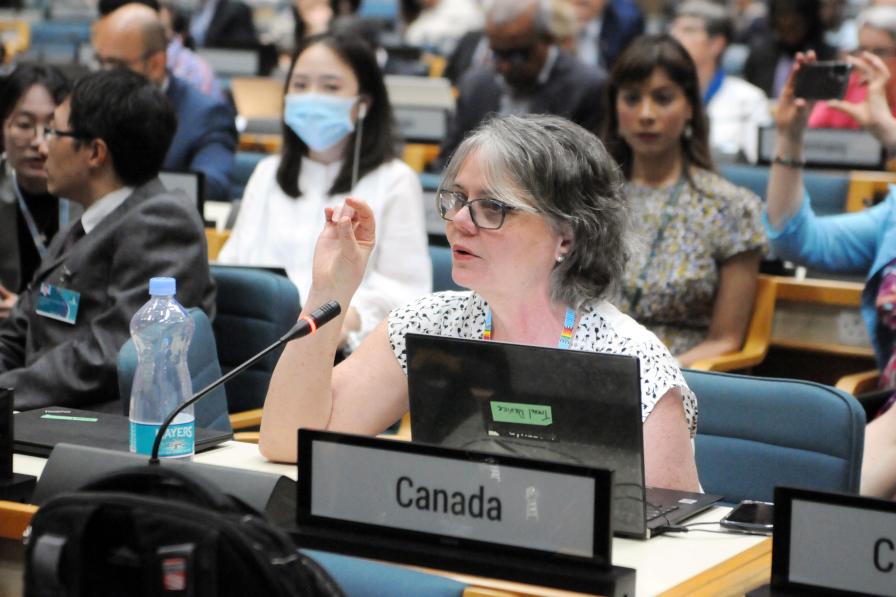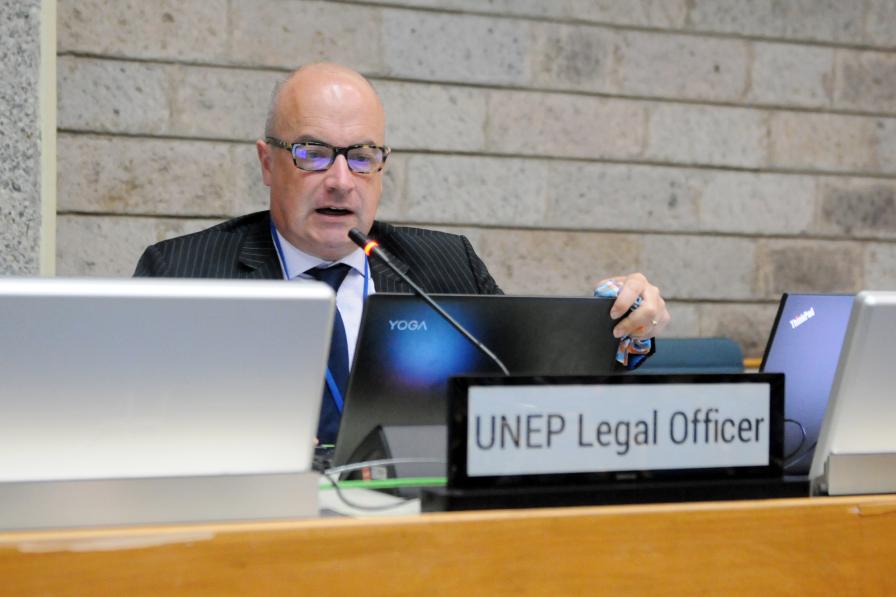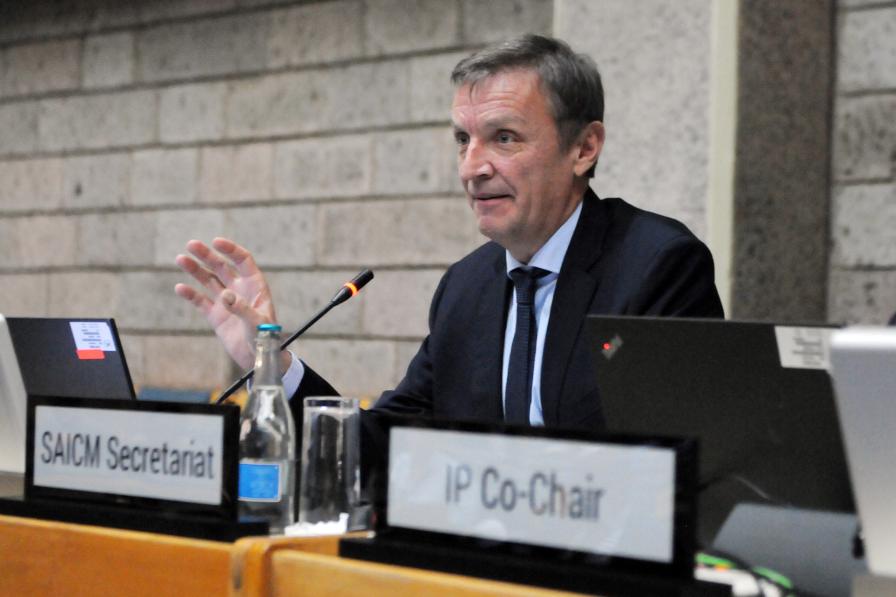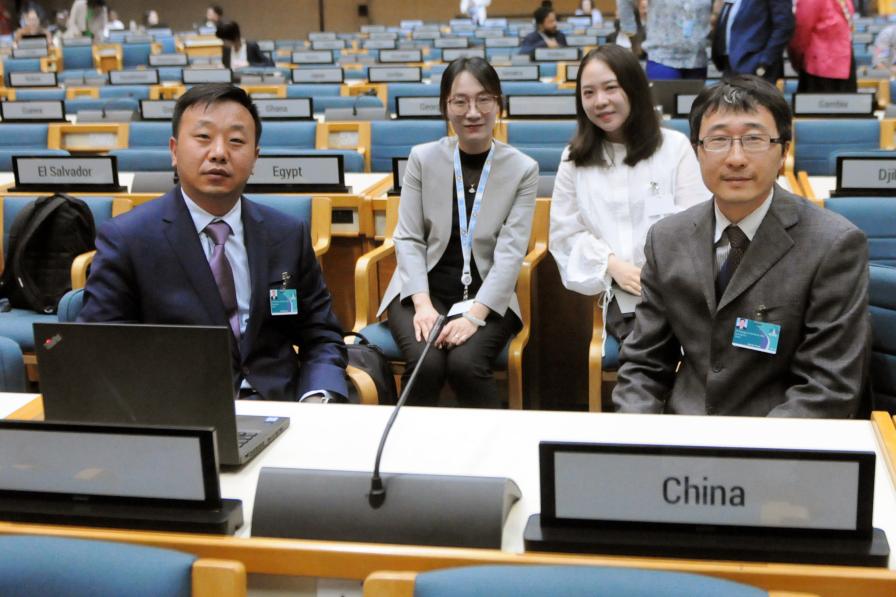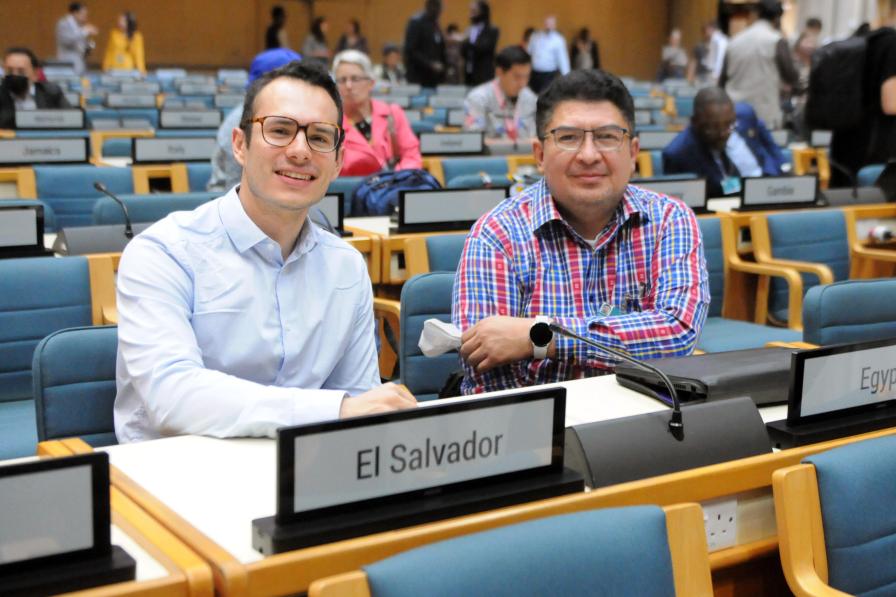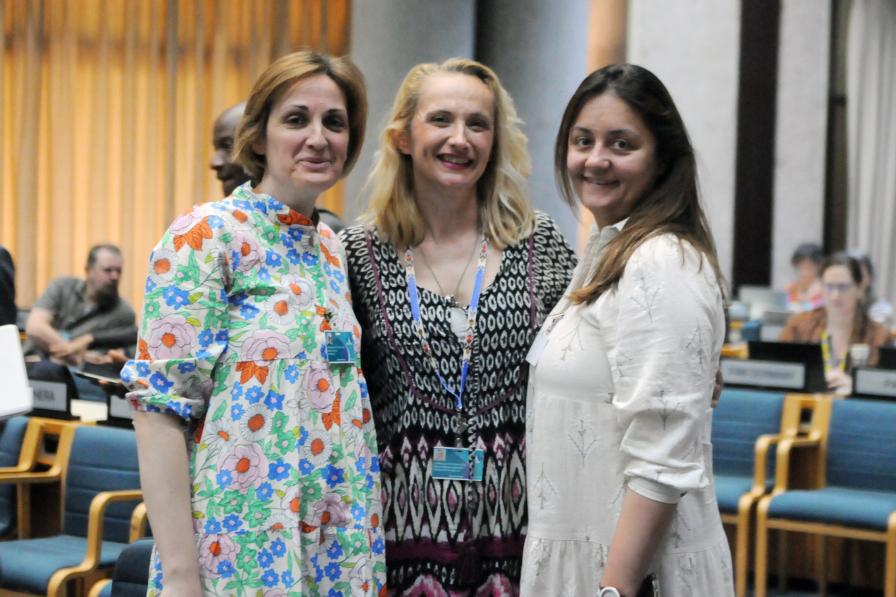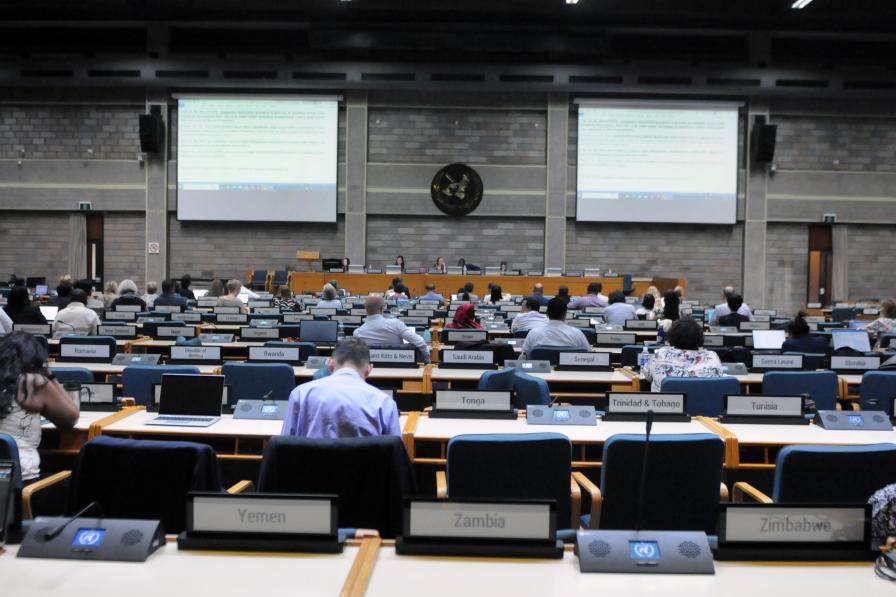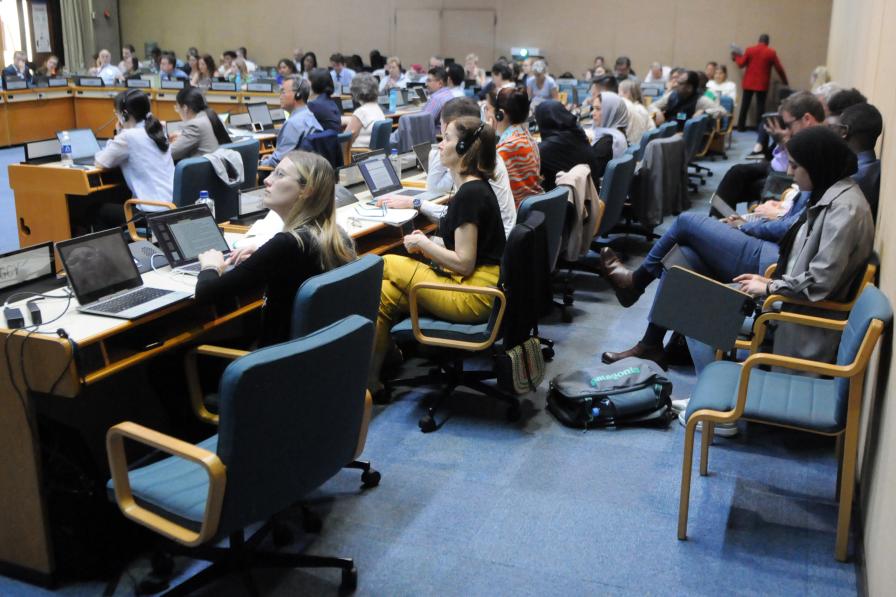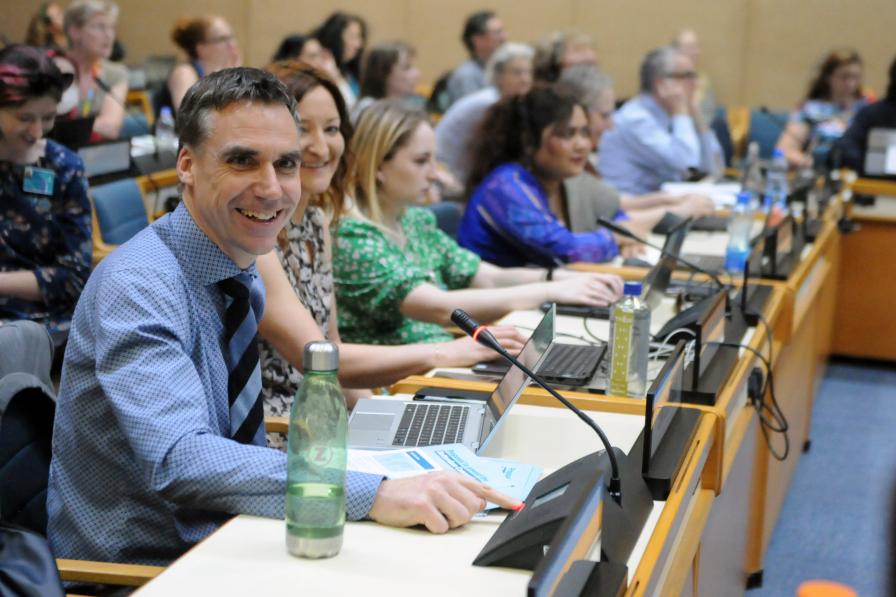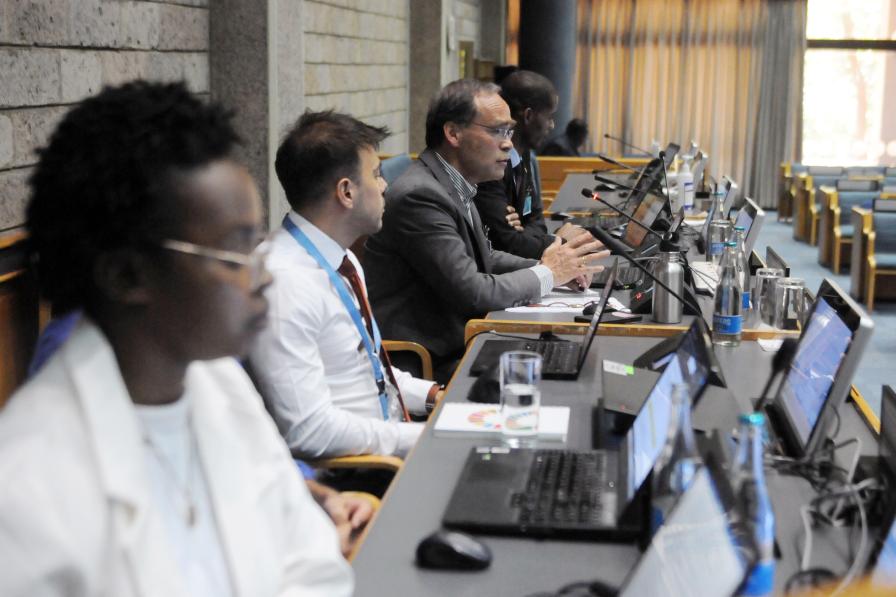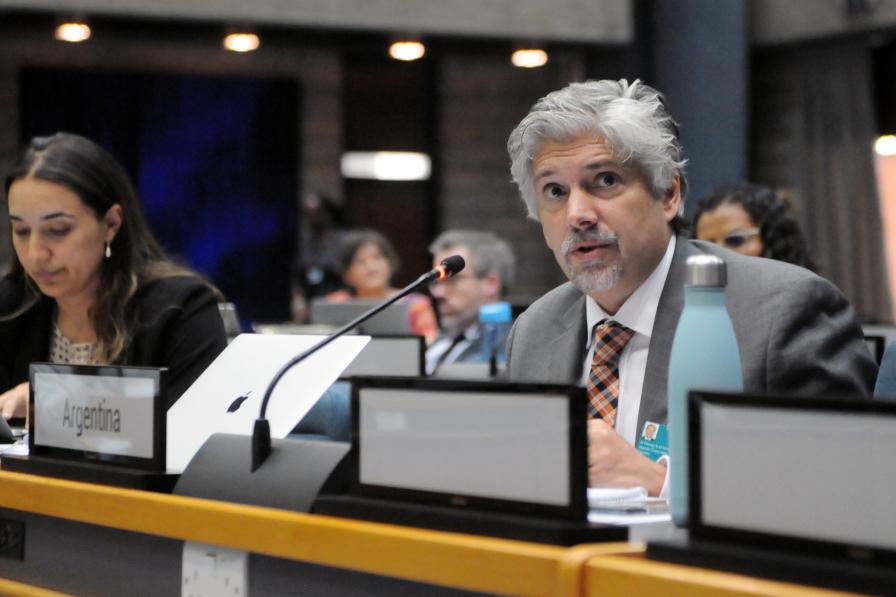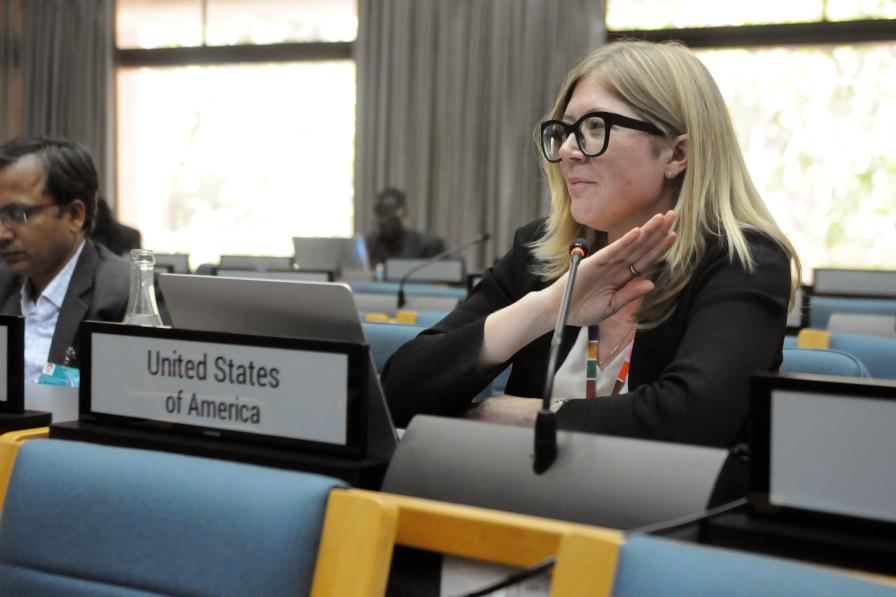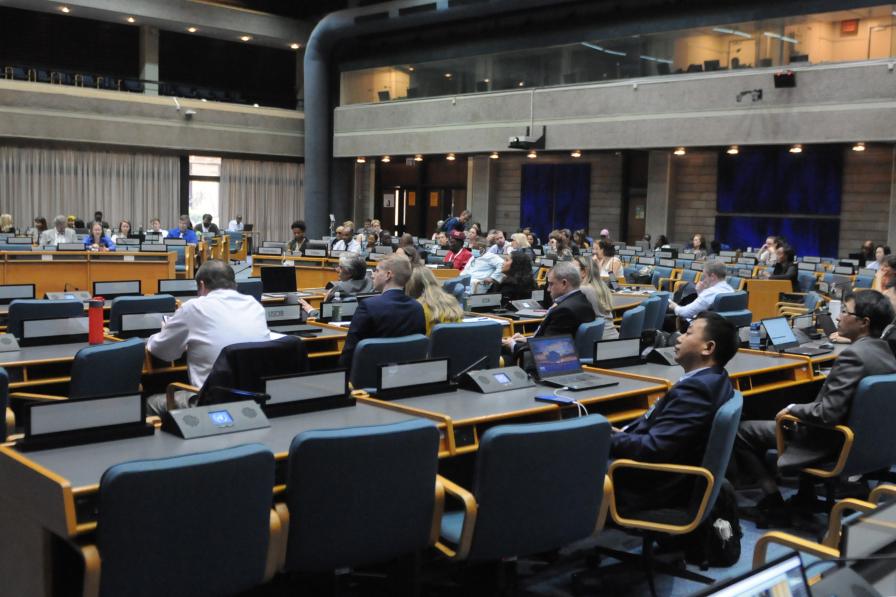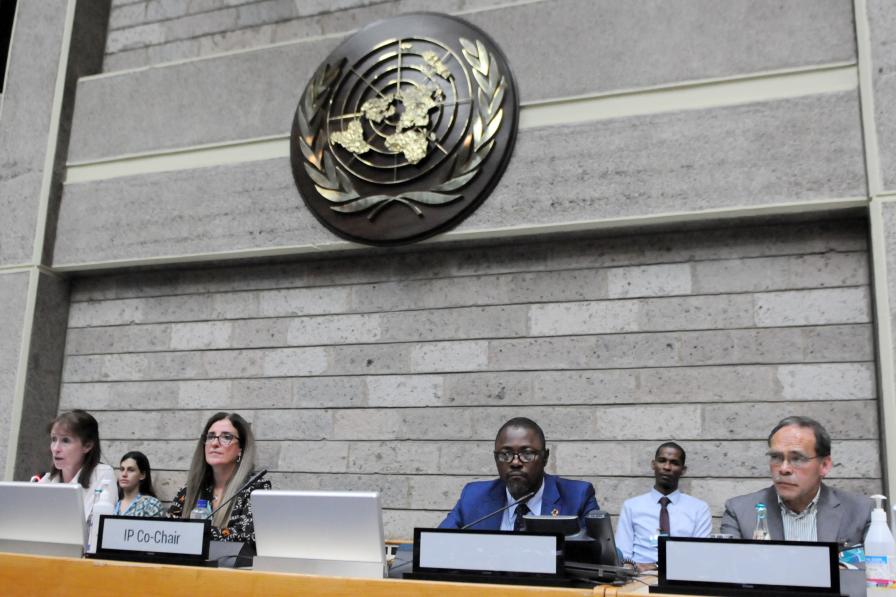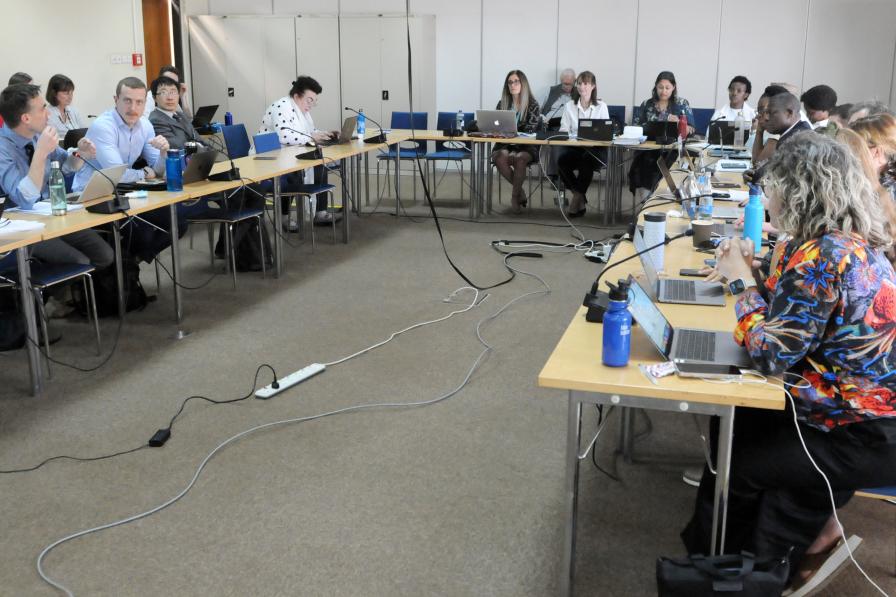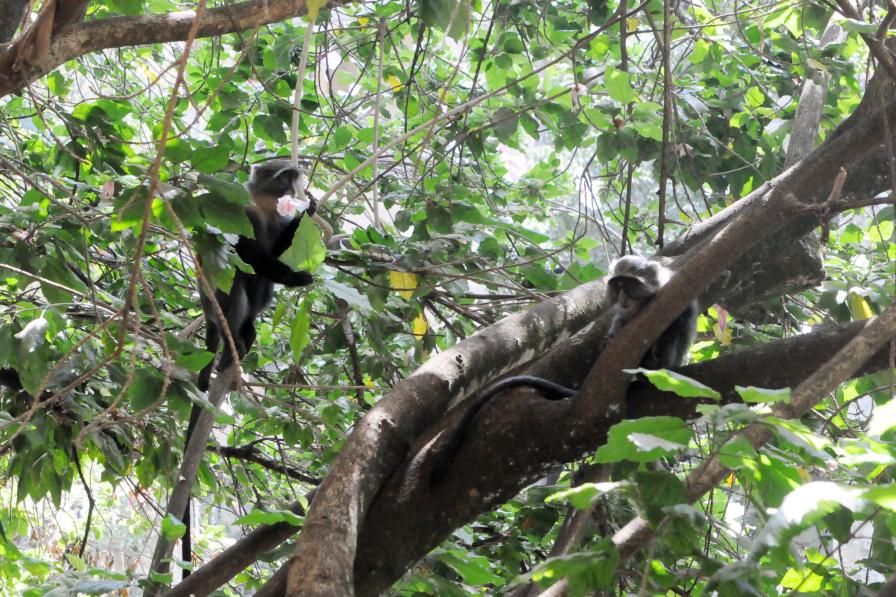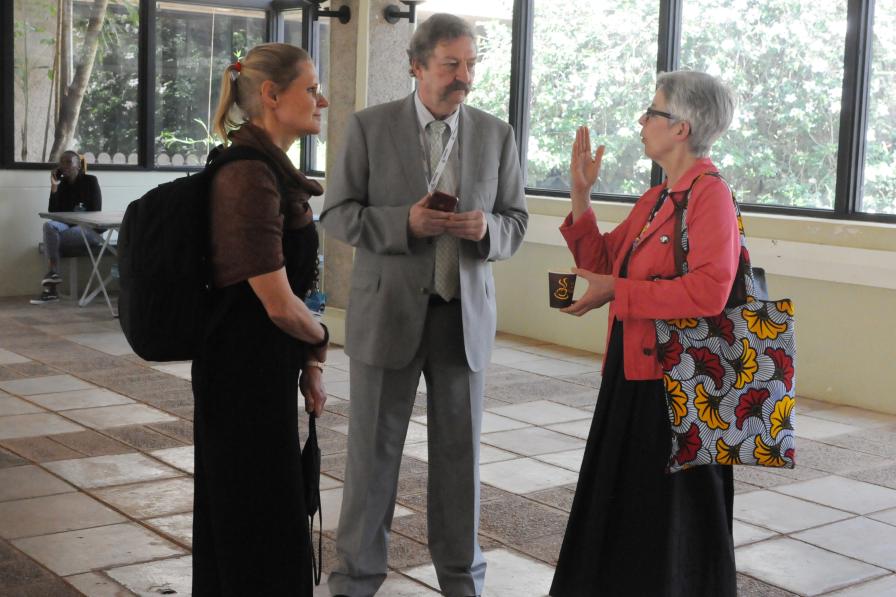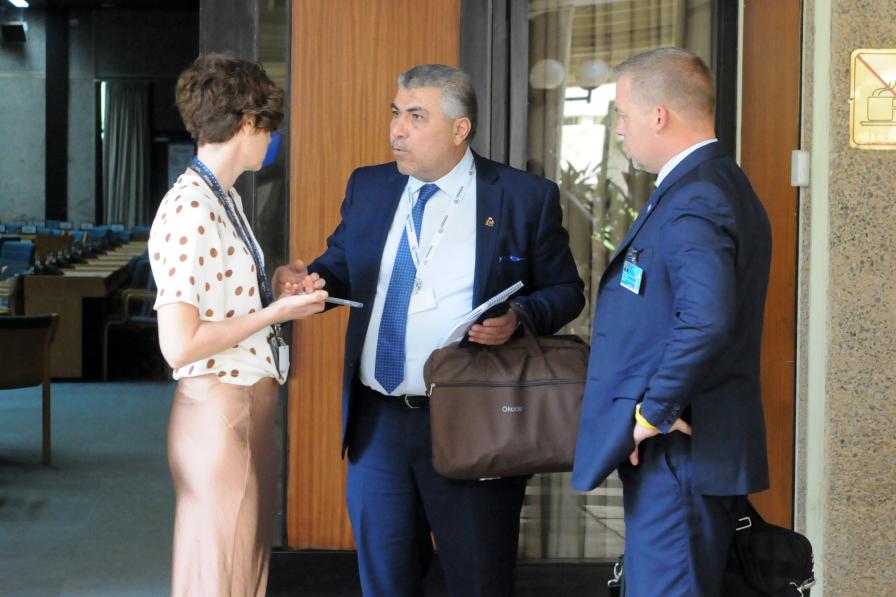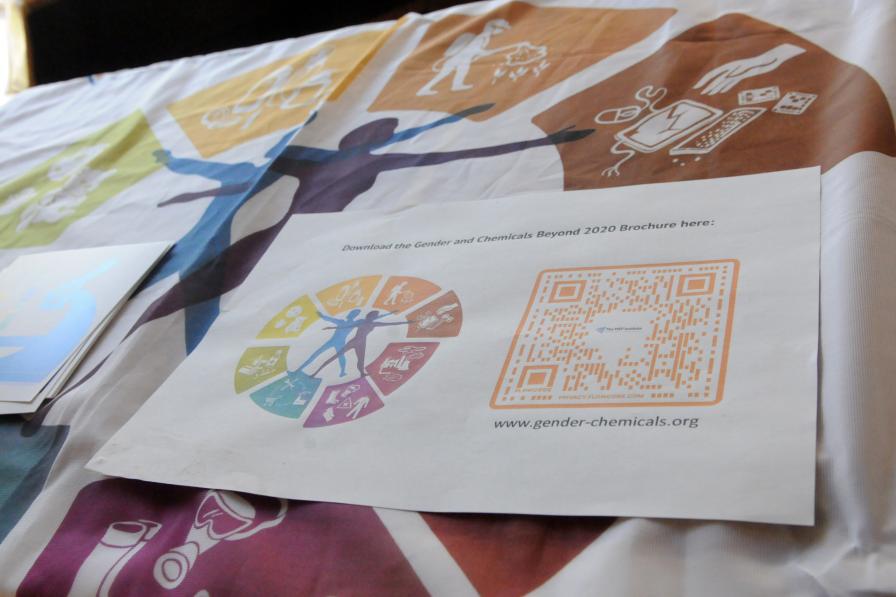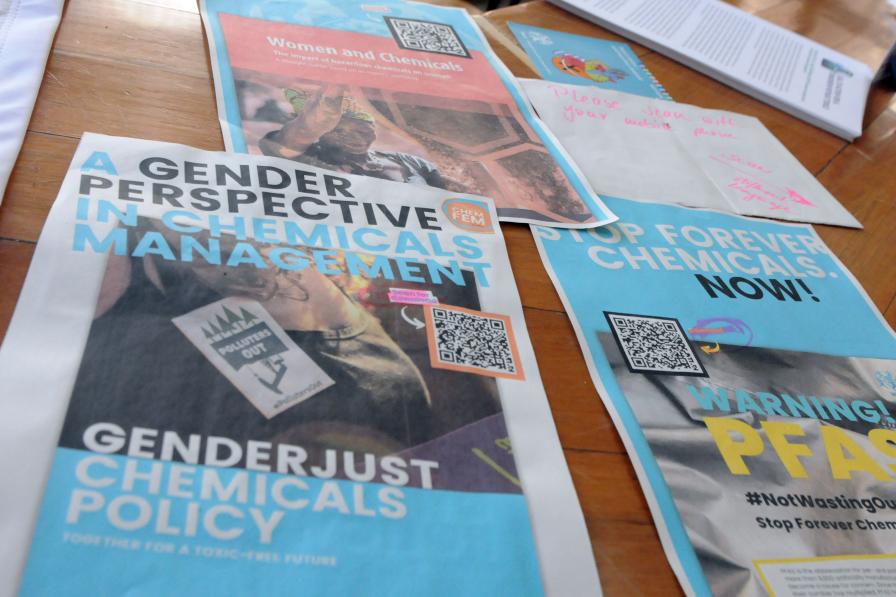On Wednesday morning, plenary heard reports from Tuesday’s meetings and then a proposal by the Co-Chairs to reorganize the single consolidated document to improve coherence, which they proposed to use as the basis for deliberations on Thursday and Friday. The rest of the day was spent in thematic groups (TGs) to continue working on draft text on targets, mechanisms to support implementation, and financial matters.
The Co-Chairs proposed a streamlined structure for the post-2020 instrument with eleven sections:
- introduction;
- vision;
- scope;
- principles and approaches;
- strategic objectives and targets;
- mechanisms to support implementation, with subsections on implementation programmes, national implementation, cooperation and coordination, and enhanced sectoral and stakeholder engagement;
- capacity building;
- financial considerations;
- institutional arrangements;
- taking stock of progress; and
- revising and updating the framework.
The proposed structure also envisions annexes on:
- issues of concern;
- principles and approaches; and
- a measurability structure.
At the request of the Co-Chairs, UN Environment Programme (UNEP) Legal Officer Stadler Trengove explained current practice regarding placing items into agreement annexes and differences between how annexes and main texts are revised or amended.
The Co-Chairs proposed reorganizing the consolidated document to reflect Wednesday’s work.
In its morning session, TG2 on mechanisms to support implementation tried to achieve consensus on consolidated document text concerning enhanced sectoral and stakeholder engagement.
TG3 on financial considerations held an exchange of views on:
- the implementation of the integrated approach to financing the sound management of chemicals and waste endorsed by the Fourth International Conference on Chemicals Management (ICCM4);
- which needs identified in the post-2020 instrument would require financing, and how it should be spent; and
- what ideas already on the table – a globally coordinated tax or levy on chemicals, a standalone fund, and/or a clearinghouse mechanism on sources of funding – might be feasible.
In the afternoon, TG1 worked on text changes regarding specific draft targets, namely:
- A5 (export ban on domestically prohibited substances);
- A6 (poison information centres);
- A7 (highly hazardous pesticides);
- B1 (comprehensive data and information on chemicals);
- B2 (reliable information on chemicals in articles);
- B3 (data on production, releases and emissions).
In the evening, TG1 and TG3 convened jointly to consider targets regarding financial matters and capacity building, while TG2 continued seeking consensus on mechanisms to support implementation to produce as much text “cleaned” of brackets as possible.
Text written and edited by Keith Ripley, Deborah Davenport, Ph.D., Jose F. Pinto-Bazurco, Ph.D., and Hillary Rosentreter.
All ENB photos are free to use with attribution. For the SAICM IP4, please use: Photo by IISD/ENB | Diego Noguera
To receive free coverage of global environmental events delivered to your inbox, subscribe to the ENB Update newsletter.
